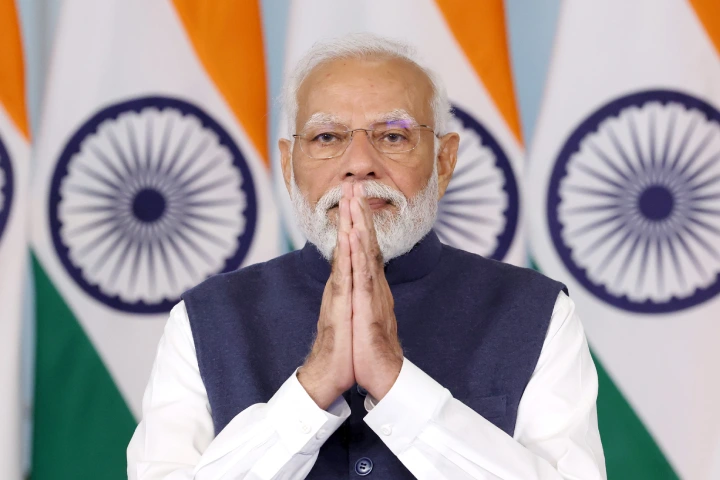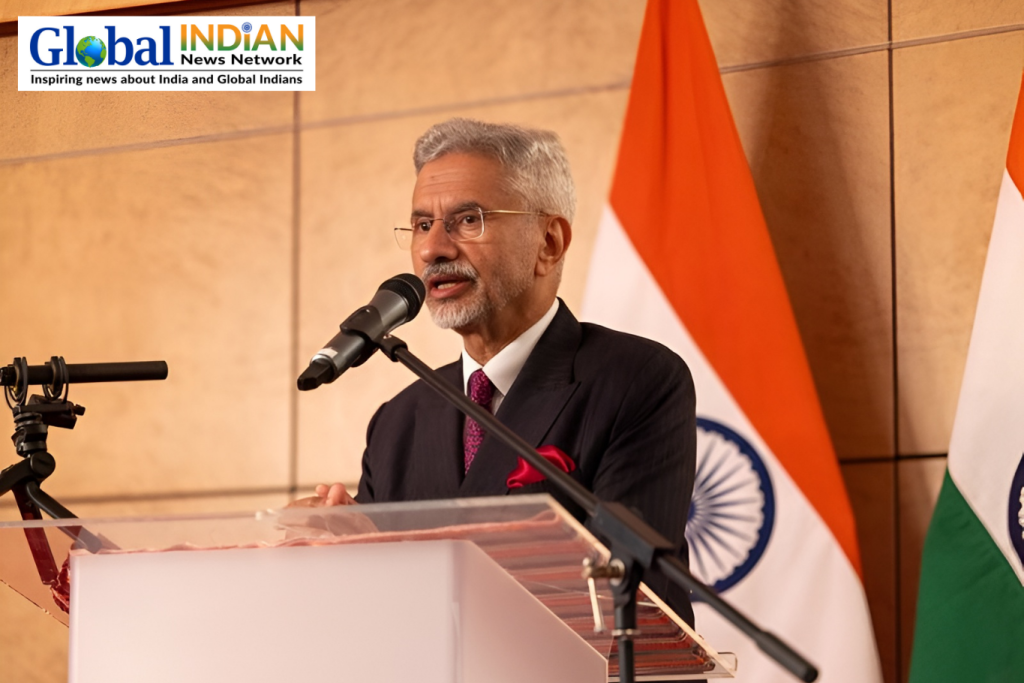
Prime Minister Narendra Modi praised the significant improvement in the performance of Indian universities in the QS World University Rankings. He highlighted his government’s emphasis on qualitative changes in education over the past decade and expressed a commitment to further enhance research and innovation in his next term.
India has seen a remarkable 318 percent increase in its representation in the QS rankings over the past decade, the highest growth among G20 nations. On Friday, PM Modi attributed this achievement to the collective efforts of students, faculty, and institutions, emphasizing the focus on qualitative improvements in the education sector.
In a post on X, PM Modi stated, “Over the last decade, we have focused on qualitative changes in the education sector. The acknowledgment is evident in the QS World University Rankings. Applause to students, faculty, and institutions for their dedication. We aim to further enhance research and innovation. This acknowledgment aligns with India’s broader initiatives to elevate higher education and improve global academic reputation. QS World University Rankings serve as a crucial yardstick for assessing universities’ quality and renown internationally.
The QS World University Ranking 2025, released by Quacquarelli Symonds (QS) on Wednesday, showed that the Indian Institutes of Technology (IITs) in Bombay and Delhi have secured places among the top 150 universities globally. IIT Bombay rose from 149th to 118th, a jump of 31 ranks, while IIT Delhi climbed 47 places to reach the 150th position.
The Massachusetts Institute of Technology (MIT) maintained its top spot globally in the QS rankings for the 13th consecutive year. Additionally, Delhi University (DU) was recognized for the employability of its graduates, ranking 44th globally in employment outcomes.
India now has the third-largest number of ranked universities in Asia, following Japan with 49 universities and China (Mainland) with 71. According to the QS statement, 61 percent of Indian universities improved their ranks, 24 percent maintained their positions, 9 percent saw a decline, and three universities entered the rankings for the first time.
Furthermore, 37 Indian universities demonstrated improved performance in Citations per Faculty, indicating a growing impact of their research output.










